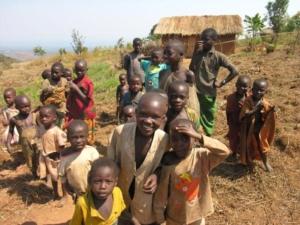 Fotokids, originally known as “Out of the Dump,” is a nonprofit that has been working to help vulnerable and at-risk children for the last 30 years. Founded in 1991 by the award-winning, former Reuters news service photographer Nancy McGirr, the organization began by teaching basic photography skills to children from Guatemala. It has evolved into teaching other classes, such as “digital imaging, computer-generated graphic design, video, creative writing, theater, advertising, ecology and English.”
Fotokids, originally known as “Out of the Dump,” is a nonprofit that has been working to help vulnerable and at-risk children for the last 30 years. Founded in 1991 by the award-winning, former Reuters news service photographer Nancy McGirr, the organization began by teaching basic photography skills to children from Guatemala. It has evolved into teaching other classes, such as “digital imaging, computer-generated graphic design, video, creative writing, theater, advertising, ecology and English.”
History of the Organization
While conflict-stricken areas undoubtedly give rise to vulnerable populations, children become the most highly affected by this vulnerability, demanding special attention to protect them from spiraling into poverty. In 1991, Fotokids began with only six children from the garbage dump in Guatemala City. Intending to break the cycle of poverty through training children in visual arts and technology, the organization expanded in 1996 to include communities outside of Guatemala, such as the areas covered under the “Children in Conflict” program. Over the years, Fotokids grew and evolved even further, providing services to children from poverty and violence-stricken areas around the world.
The Program
The organization has focused on developing monetizable and employable skills among the children. They teach them to use photography, writing and computers to better their lives and bring them to par with the rest of the globalized and digitalized world. The goal is to help “small groups of Central American young people from the poorest of barrios.”
Fotokids is an integrated program that mandates enrolled children to attend schools, offering full or partial scholarships to support their education while simultaneously learning essential skills provided by the program. Upon entering, each student is given a camera and taught the basic skills of black-and-white photography, which then evolves and develops into teaching them newer and more complicated skills. Throughout this process, the program relies highly on long-term teacher-student relationships as a means of learning and guidance.
Impact
Since its inception, the organization has helped more than a thousand children escape their state of poverty and desolation, impacting the lives of more than 500 families. Students from the program have gone on to give back to the organization, assuming roles in program management. About 14 of the program graduates have become a part of the Fotokids’ Guatemalan staff, playing a pivotal role in extending assistance to children in Guatemala.
Exhibitions and Galleries
The work done by the organization and its children has been exhibited in various museums and galleries over the years: Colombia, France, the Netherlands, the United Kingdom and the United States of America, among others. Additionally, due to its work and impact, Fotokids has also been featured in numerous lectures held at Harvard University, Bowdoin College and Boston University in the U.S. Further, it has been presented at international conferences in countries like Brazil, Guatemala, Japan, Spain and the U.S.
With its wide-ranging and highly positive impact, Fotokids continues its program today, still working to provide an alternate life to children from six different communities in Guatemala and the farms of the Central Valley of California.
– Manasvi Kadian
Photo: Flickr
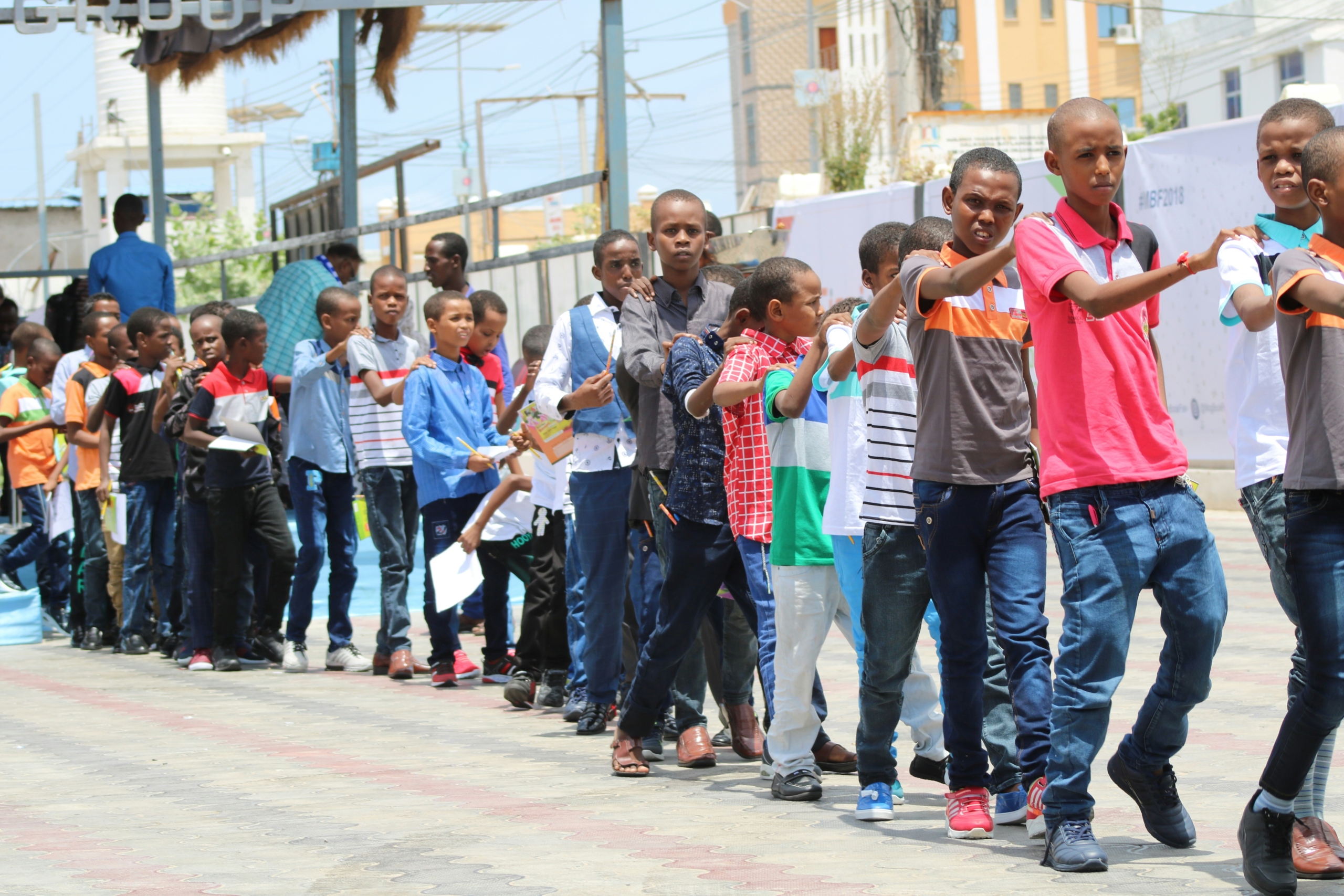
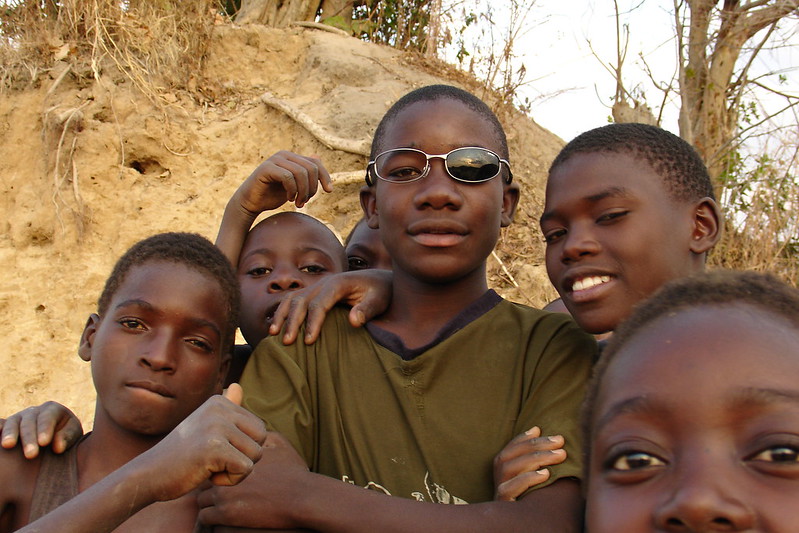
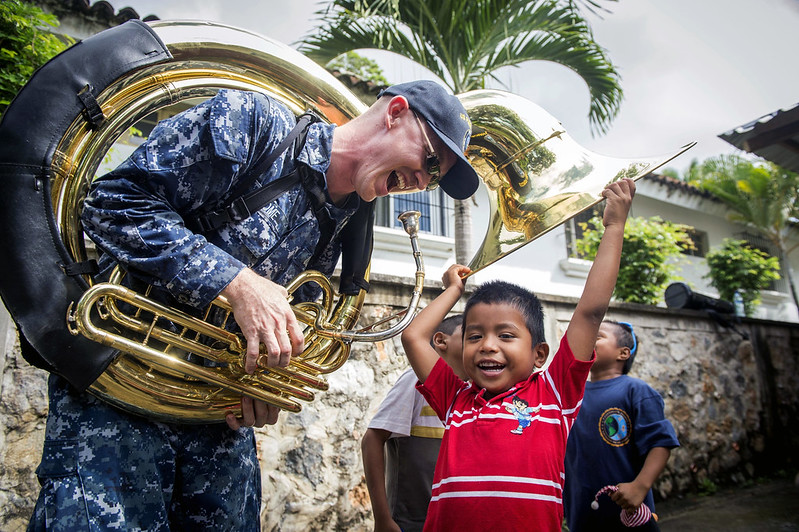 Military groups worldwide recruit children and although the
Military groups worldwide recruit children and although the 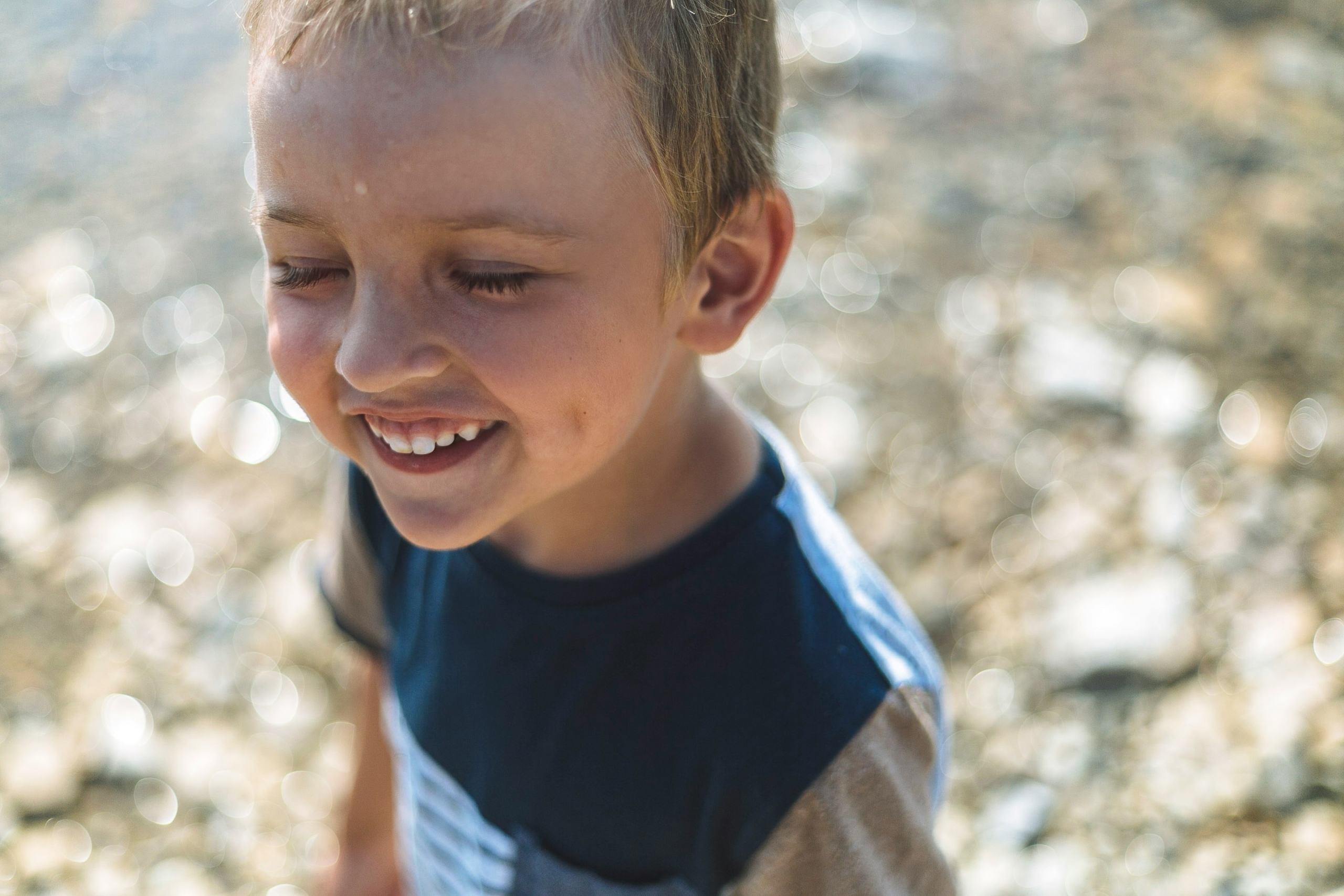

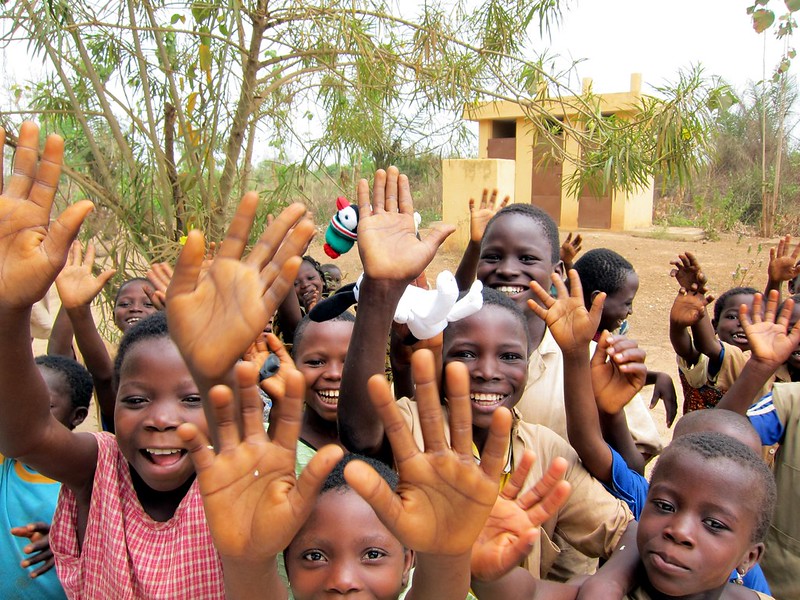
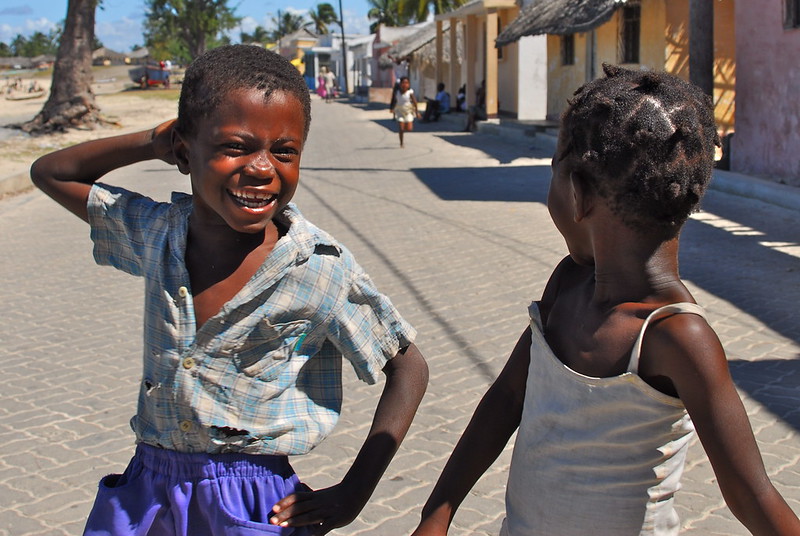
 During times of crisis, children often find themselves in especially vulnerable situations. Worldwide,
During times of crisis, children often find themselves in especially vulnerable situations. Worldwide, 